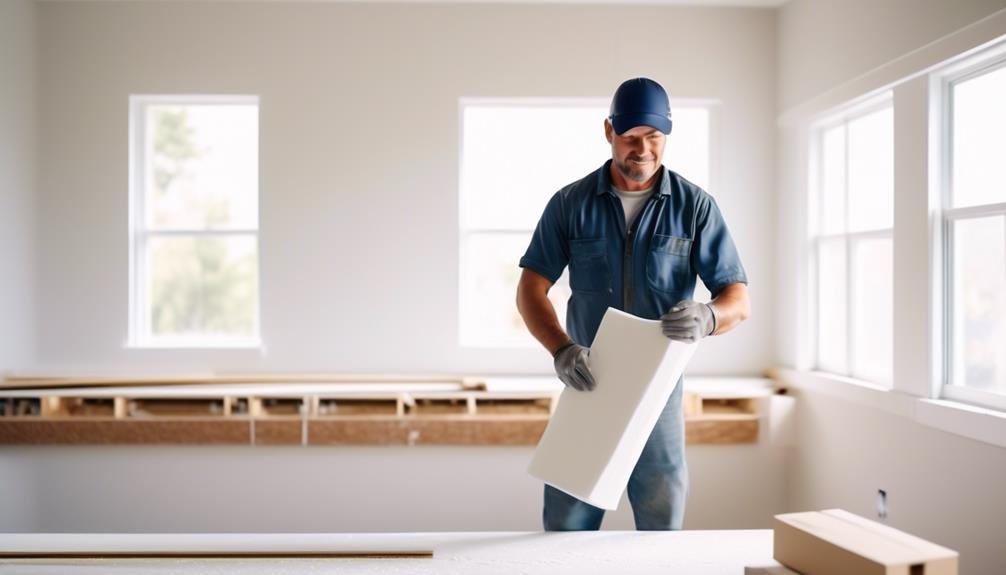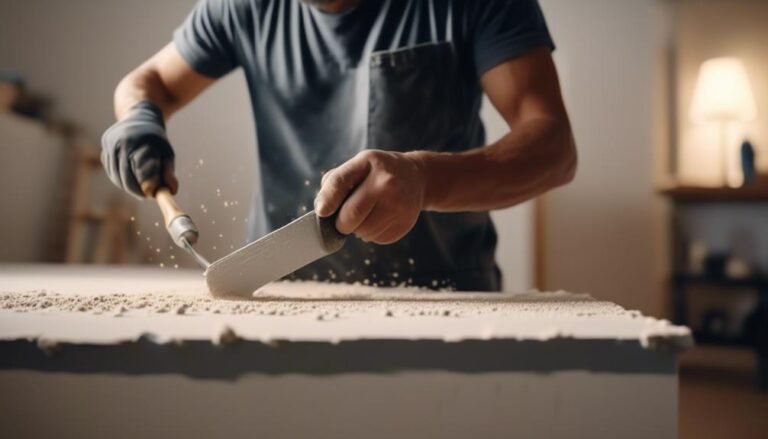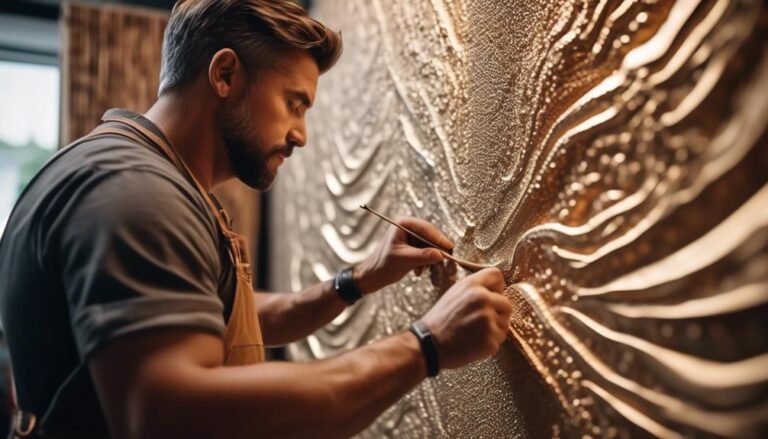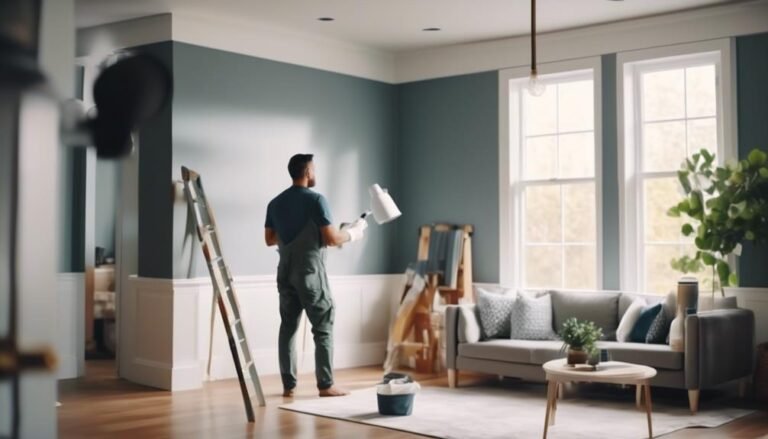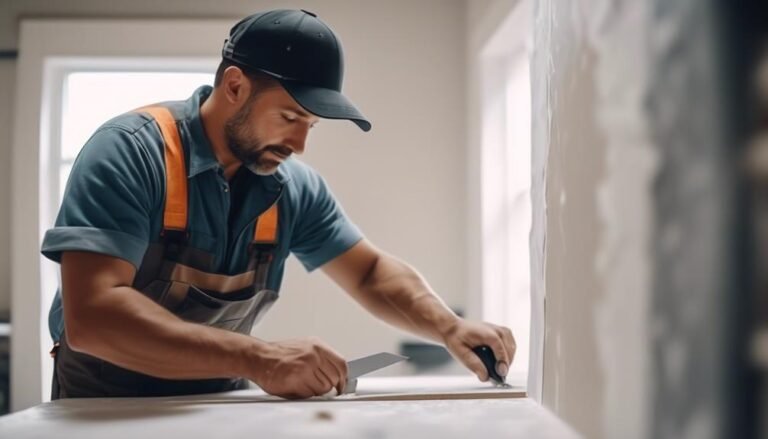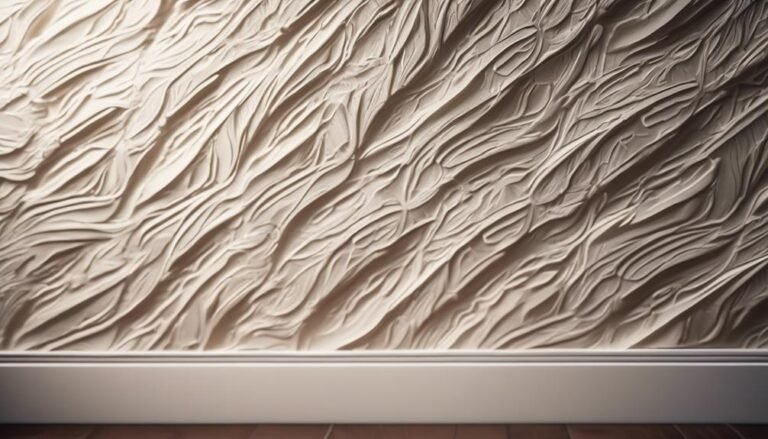Mastering Drywall Installation in Antonio Homes
Becoming a pro at installing drywall in your San Antonio home requires skill, practice, and patience. As a homeowner or contractor, you know how important it is to have top-notch drywall to keep your property looking great and structurally sound. But how can you really master this essential part of home improvement?
The key is to learn the right techniques, use the right tools, and get the right guidance. So, how can you make sure your drywall work in your Antonio home goes beyond just being okay, and really stands out?
As a homeowner, you want to make sure your drywall is installed with precision. It's all about making sure your home looks amazing and stays strong. But how can you really become a master at this important part of taking care of your home?
The secret is to learn the best ways to do it, use the right tools, and get the right help. So, how can you make sure your drywall work in your home is not just okay, but truly great?
Key Takeaways
Becoming skilled at installing drywall in your San Antonio home takes practice and patience. As a homeowner or contractor, you understand the importance of having high-quality drywall to maintain the appearance and strength of your property. But how can you truly excel at this essential home improvement task?
The key is to learn the best techniques, use the right tools, and seek the right guidance. So, how can you ensure that your drywall work in your Antonio home goes beyond just being average and really stands out?
As a homeowner, you want to ensure that your drywall is installed with precision to enhance the appearance and durability of your home. But how can you become an expert at this important aspect of home maintenance?
The secret is to learn the most effective methods, use the appropriate tools, and seek the right assistance. So, how can you make sure that your drywall work in your home is not just satisfactory, but truly outstanding?
Understanding Drywall Materials and Tools
When it comes to installing drywall in your home, it's important to understand the different types of drywall and the essential tools you'll need for the job. There are various types of drywall to choose from, including standard, moisture-resistant, fire-resistant, and soundproof. Each type has its own unique uses, so it's crucial to select the right material for your specific project to ensure a successful installation or repair.
In addition to knowing the types of drywall, it's essential to be familiar with the essential tools for drywall installation. You'll need a utility knife, drywall saw, T-square, joint compound, drywall tape, and sanding block to achieve a professional finish. These tools will help you cut, measure, secure, and finish the drywall effectively, ensuring a seamless installation or repair.
It's also important to prioritize your safety by using proper safety gear, such as goggles, a dust mask, and gloves. These items will protect you from potential hazards when working with drywall materials and tools, ensuring your well-being as you tackle the task of drywall installation and repair in your home.
Preparing the Work Area for Installation
Get ready for the drywall installation by clearing the work area of any furniture or obstacles. This will make the installation process go smoothly and efficiently. Take a moment to remove things like chairs, tables, or decorative pieces that might be in the way. By doing this, you'll create a clear and open space for the drywall installation to happen, making it easier for the professionals to do their job well.
In the greater San Antonio area, making sure the work area is ready is really important for your satisfaction. It sets the stage for a successful installation, and it helps the drywall professionals work effectively and deliver great results. It also shows respect for the professionals' craftsmanship and helps build a positive working relationship.
Mastering Drywall Cutting and Fitting Techniques
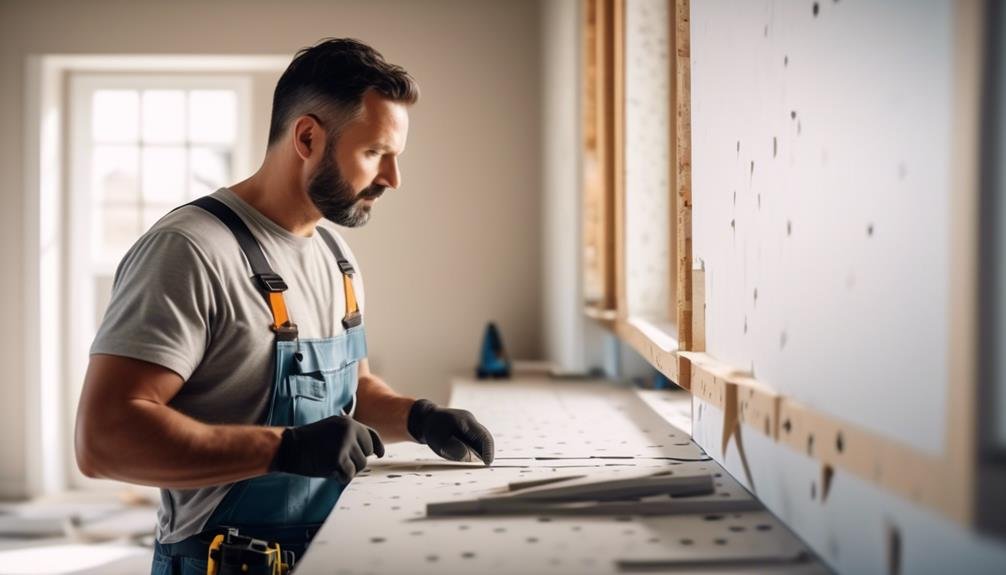
Once you've cleared the area for installing drywall, it's really important to know how to cut and fit it properly for a smooth and professional finish. Precision is key when it comes to installing drywall.
First, measure and mark the drywall accurately, then use a sharp utility knife to make a shallow cut along the marked line. After scoring the front paper layer, gently snap the drywall along the cut line and use the knife to cut through the back paper. It might take some practice to get it right, so don't worry if your first few cuts aren't perfect.
Fitting the drywall is just as important. Make sure the drywall fits tightly against the studs and doesn't leave any gaps. Use a rasp or surform tool to trim any edges that are slightly too big for a perfect fit. Also, think about where electrical outlets and switches are located so you can make precise cutouts.
With these techniques, you can achieve a professional-looking finish that adds value to your home.
If you're feeling overwhelmed, don't hesitate to reach out to locally owned and operated drywall companies. They often have the expertise and experience to handle the details of drywall installation.
Achieving Seamless Drywall Finishing
When it comes to fixing walls and ceilings in your home, it's crucial to have skilled technicians who are experts in using the right methods, tools, and materials. Achieving a flawless result is a must for seamless drywall finishing in your Antonio home. By using top-quality products and perfected installation processes, you can make sure that every seam, corner, and surface is impeccably finished. Get a free, no-obligation estimate to start the seamless drywall repair process and ensure 100% customer satisfaction by completing repairs quickly and effectively. Choosing a trusted company for small residential drywall installs ensures a quick and stress-free drywall installation. Here's a helpful guide to achieving seamless drywall finishing:
| Methods and Tools | Materials |
|---|---|
| Proper sanding technique | High-quality joint compound |
| Expert taping skills | Fiberglass mesh tape |
| Meticulous mudding | Primer and paint |
| Seamless blending | Sandpaper |
Tips for Efficient and Professional Drywall Installation
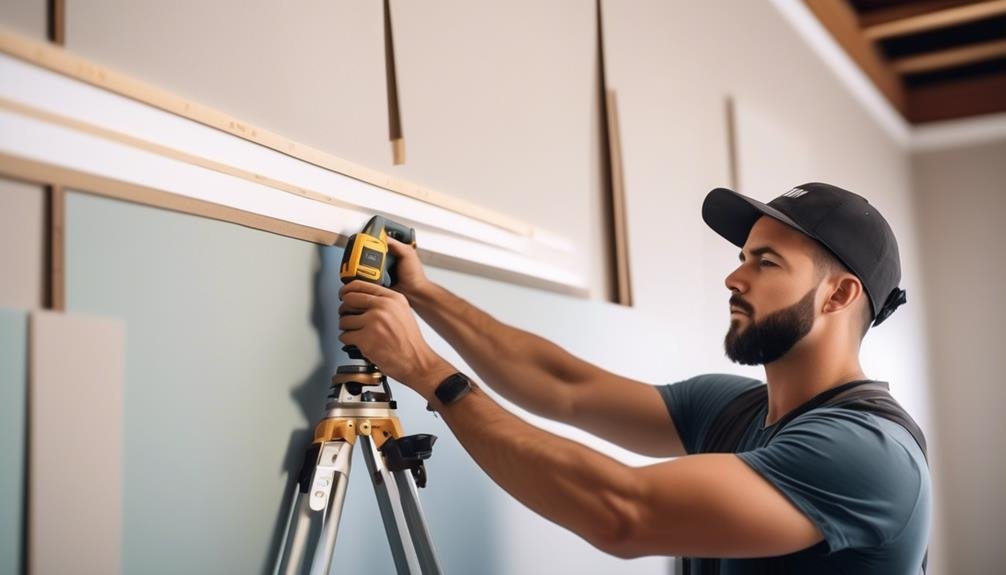
Want to make sure your drywall installation is done right? Start by measuring and planning the layout carefully to minimize waste and ensure the panels are placed accurately. Here are some tips to help you get the best results:
- Get the right tools: Make sure you have all the tools you need for cutting, hanging, and finishing the drywall. This will help you get the job done well and save time.
- Secure the panels well: Use drywall adhesive and screws properly to secure the panels and prevent cracking or shifting in the future. This is important for the long-term durability of the installation.
- Pay attention to detail: Take your time when taping and mudding the seams to create smooth, seamless surfaces for painting or finishing. Focusing on these details will make your drywall look great.
Frequently Asked Questions
How Do You Quote a Drywall Job?
When you're getting a quote for a drywall job, it's important to think about the size of the area that needs work, the materials that will be used, and the labor that will be involved. Make sure to measure the space accurately and consider any extra costs for special needs. This will help you get a better understanding of what to expect in terms of pricing and what the job will entail.
Should Drywall Touch the Floor?
Absolutely, it's important to leave a small gap between the bottom of the drywall and the floor. This allows for expansion and contraction of the materials due to changes in temperature and humidity. By using a baseboard or trim to cover the gap and filling it with sealant, you can achieve a clean and finished look in your home.
What Is the Gap Between Drywall Sheets?
Aim for a 1/8 inch gap between drywall sheets when installing them in your home. This space allows for joint compound and tape, helps the sheets lay flat, and prevents buckling. Keeping the spacing consistent is important for achieving a smooth finish on your walls.
What Goes on Top of Drywall?
When you're finishing up your walls, it's important to add trim like baseboards and crown molding on top of the drywall. This not only gives your walls a polished look but also covers any gaps or rough edges, completing the overall appearance of the wall. So, remember to consider adding these finishing touches to your walls for a clean and refined look.

